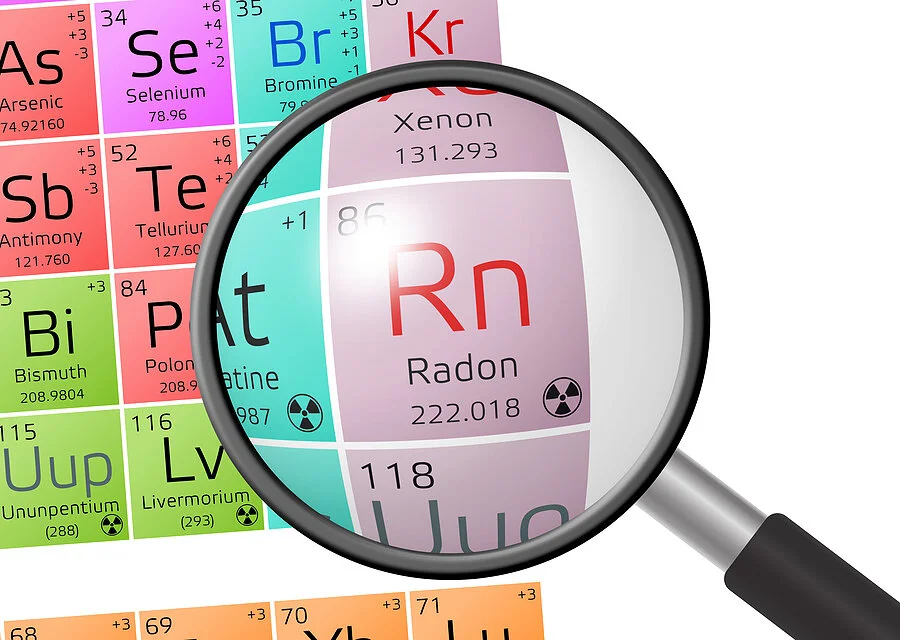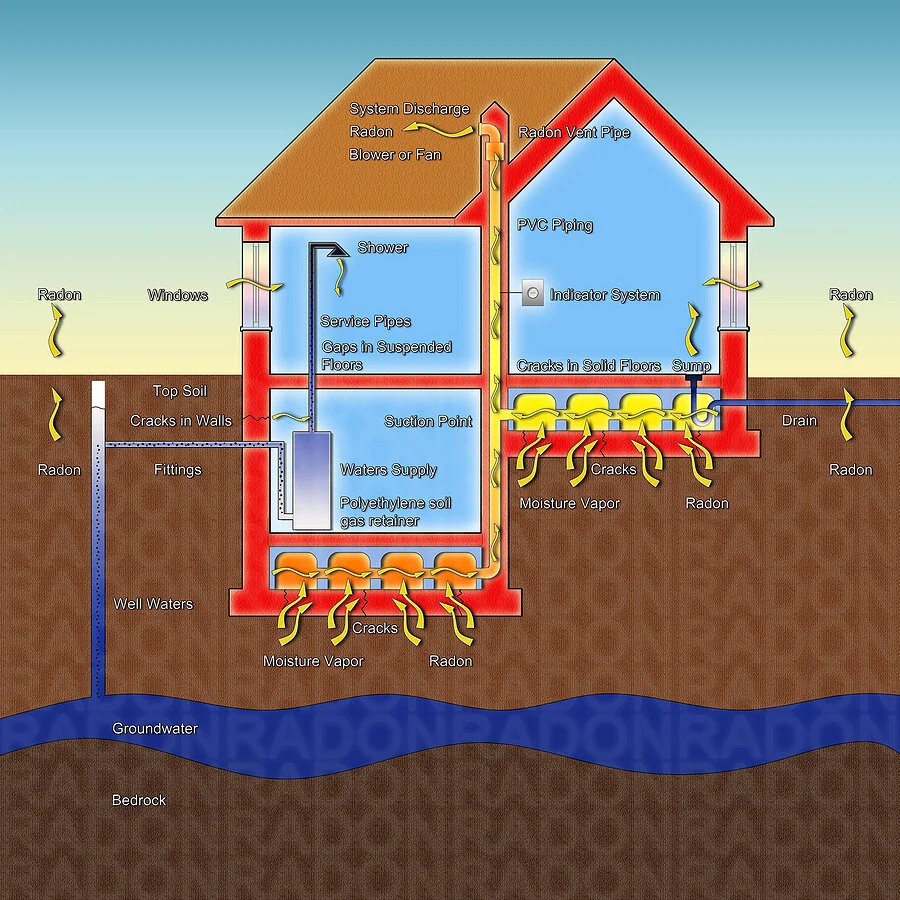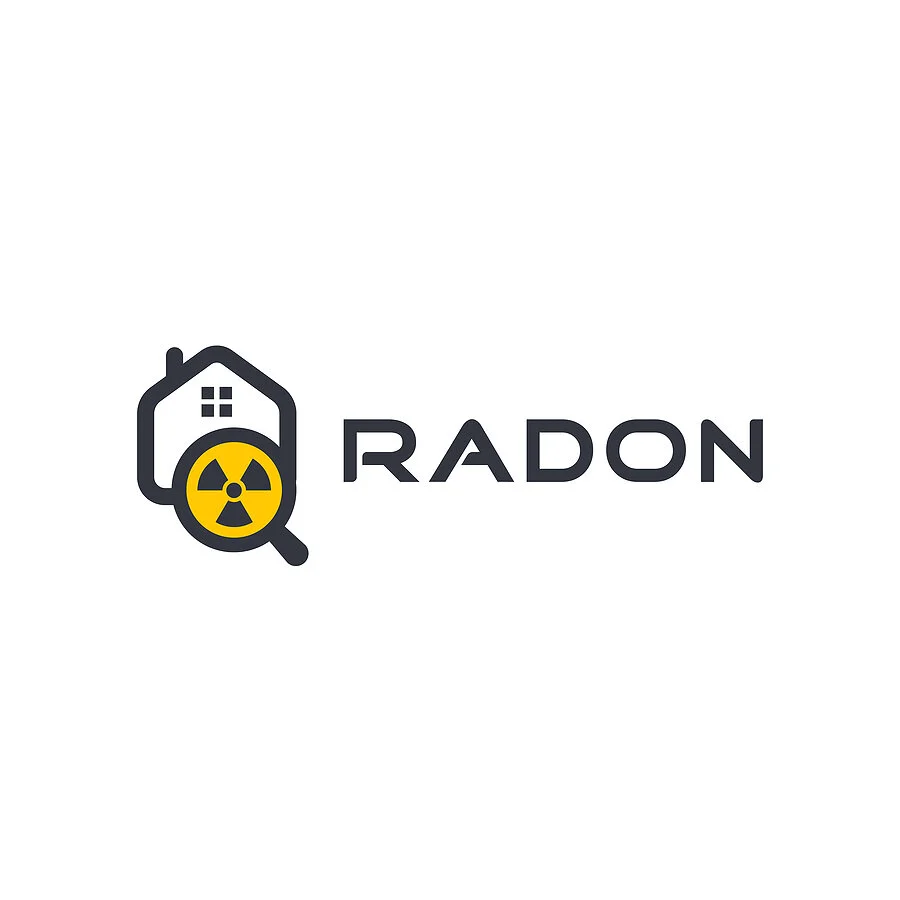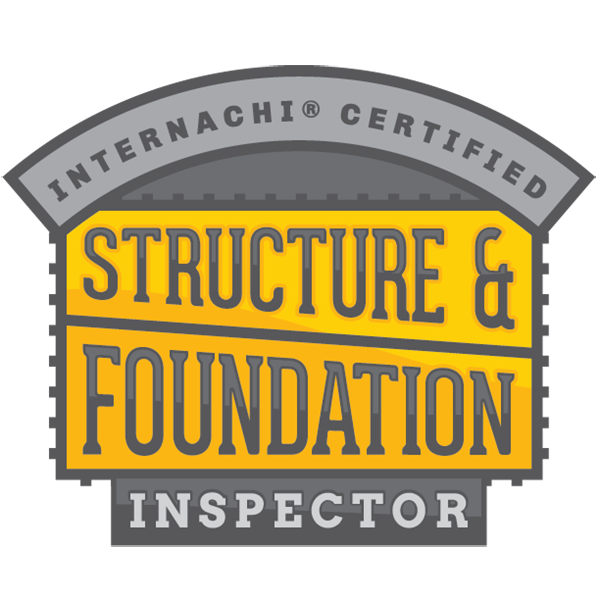What should homeowners know about radon?
The purpose of a home inspection is to bring in a neutral third-party professional to investigate the true condition of a house and bring to light all the problems, or possible problems, it has. This gives the buyer the information necessary to make an informed and empowered decision about whether to continue with the purchase of the house and, if/when they buy it, how to be a proactive and knowledgeable homeowner. Home inspections are visual inspections, which means that there are things concerning a home that are not covered in the inspection. A prime example of this is radon testing. Some home inspectors may test for radon while they are at it, but many do not. So what is radon? Why is it important to test for radon, when should I get tested, and who can test it?
Radon 101
What is radon?
Radon, like carbon monoxide, is colorless, odorless, and tasteless. It cannot be observed, so it must be detected through a special test. Radon is a leading cause of lung cancer in non-smokers. According to the EPA, “Radon is a radioactive gas. It comes from the natural decay of uranium that is found in nearly all soils. It typically moves up through the ground to the air above and into your home through cracks and other holes in the foundation. Your home traps radon inside, where it can build up.” Outside in nature, there is a naturally occurring low amount of radon in the open air, where it is harmless to us. It is only when in high concentrations in an enclosed space that it becomes dangerous, even deadly.
How Does Radon Get Into Your Home?
The Guardians writes that, “The amount of radon in a house will be a result of a combination of the geology under it, the style of building, what is covering the ground around it, how people live in it, and what ventilation exists.” Radon comes from the ground soil, and it gets into a home (or other building) through cracks and holes in the house foundation, gaps around service pipes, or even the water supply. Some geographic areas are more prone to high radon levels than others. This map by the EPA of the United States radon zones can help you see if your area has above-average levels of radon. Oklahoma, for example, is a “Zone 3,” which means houses on average have a lower radon screening level of less than 2 pCi/L. Any amount of radon over 4 pCi/L is considered high levels of radon with elevated health risks. However, all homes can have radon levels, whether you live in an area with high radon or not, so it’s still a good idea to be aware and to get your home tested.
Homes that have a basement are likely to have higher levels of radon because a portion of the home is built underground. As well, homes built on a crawlspace that have a poor barrier between the soil and the interior of the home are susceptible to radon as radon gas can travel up through the cracks of the floor. Typically, older homes are built with materials that are lacking today’s standards and have the potential to have degraded over time. Because radon can exist in any type of soil and become trapped inside a home, we recommend that every homeowner and homebuyer have a radon test conducted at some point.
What Can I Do About Radon?
Luckily, you can test and alleviate radon in your home, usually in a simple and inexpensive manner. First, you’ll need to get a radon test. A radon test can be completed by a professional (such as a home inspector or radon professional) or you can do it yourself with a radon testing kit, which can be found in online retailers such as Amazon or in home improvement store, like Lowes or Home Depot. Experts recommend testing twice, since the levels fluctuate, in order to get an accurate reading.
If you have high levels of radon, which is considered 4 pCi/L (picocuries per liter) or more, then you have a few options. Some fixes may be DIY. Since radon gets through cracks in a home, filling and sealing cracks in the foundations, floors, and walls is one way, along with improving ventilation. However, with high levels, getting professional help is the best course. A professional may decide you need to have a radon mitigation system installed. This system will capture the radon that gets in the home and vent it back outside. On this website, you can find information about licensed radon inspectors and mitigators in your county.
What buyers and sellers should know about radon
Radon is something to take seriously, but not to panic about. If you are a home seller, consider getting your home tested before you list. If you have high radon levels, taking action to lower these levels will make your home in shape to sell. If you are a potential buyer, be sure to get the property tested for radon in advance. And if you are a homeowner, administer a DIY radon test every few years in order to protect you and your loved ones.
Forever Home Inspection and radon
Forever Home Inspection in Oklahoma can provide guidance on how to order, read, and take action should you discover radon in your home or be concerned about the presence of radon. When you book a home inspection with Forever Home Inspection in Oklahoma, you will receive details on our preferred partners who perform radon inspections. Be sure to ask us about our preferred vendors across Oklahoma. We can help you get connected.








